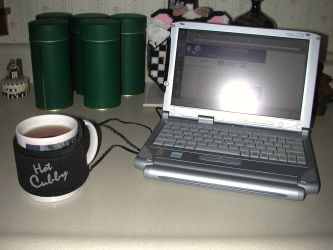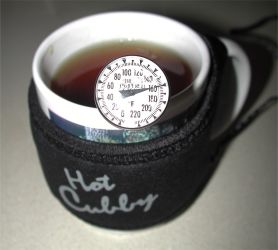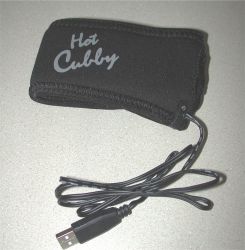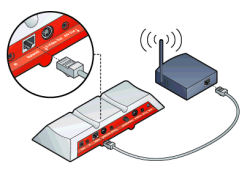
A hidden camera is a still or video camera used to film people without their knowledge. The camera is "hidden" because it is either not visible to the subject being filmed, or is disguised as another object. Hidden cameras have become popular for household surveillance, and can be built into common household objects such as smoke detectors, clock radios, motion detectors, ball caps, plants, and cellphones. Hidden cameras may also be used commercially or industrially as security cameras.
A hidden camera can be wired or wireless. The former will be connected to a TV, VCR, or DVR, whereas a wireless hidden camera can be used to transmit a video signal to a receiver within a small radius (up to a few hundred feet).
Some hidden camera shows have led to lawsuits or being denied to air by the people who were trapped in set-ups that they found unpleasant.
Here’s a cool spy gadget for all the James Bond fans out there, the Spy Camera Glasses.
This cool spy gadget features a built in 1.3 megapixel camera, capable of snapping spy shots at a resolution of 1280 x 1024.
Photos are taken by pressing the RF remote which you can hide discreetly in your pocket so no one will know when you are taking photos.
These cool spy glasses also have built in headphones and an mp3 player so you can listen to your favourite tunes whilst taking photos.
Here’s the specs.
- A 1.3 megapixel (1280 x 1024) resolution camera located on the arm of sporty shades.
- An RF remote control so no-one will ever know when you’re going to snap next.
- 1GB of internal memory for photos or MP3s.
- The polarised lenses are UV400 for great protection from the sun.
- A USB cable is provided to attach to the shades so you can download your snaps onto your computer, recharge the battery and upload MP3s.
- The camera battery lasts for up to 9 hours or 6 hours when playing MP3s.
- Earbud headphones are discreetly embedded in the sunglass arms.
- A storage case.
- A cleaning cloth.
- A set of spare, clear lenses are included for indoor use.
- Compatible with Windows & MAC OS9 onwards (driver CD included for windows 98).
- Requires a USB port.
- Size:-
- Sunglasses: 17 x 16 x 4cm
- RC: 4 x 3.5 x 1cm
- Case: 17.5 x 11cm.














